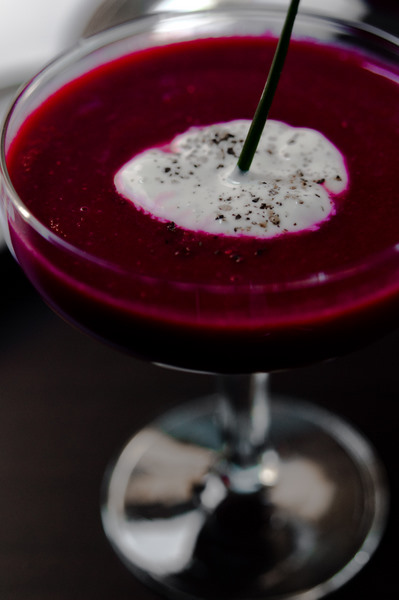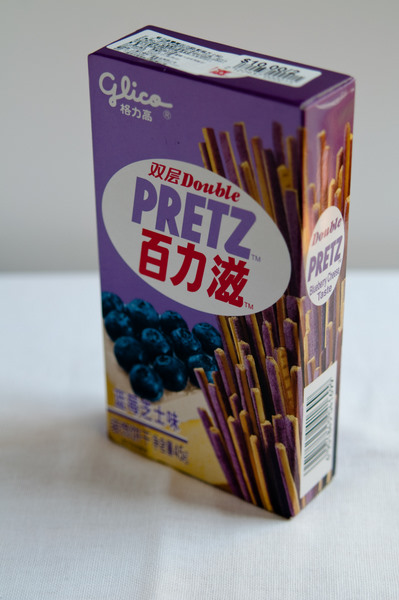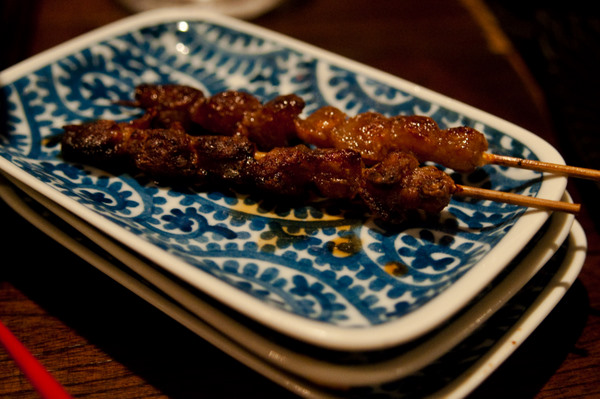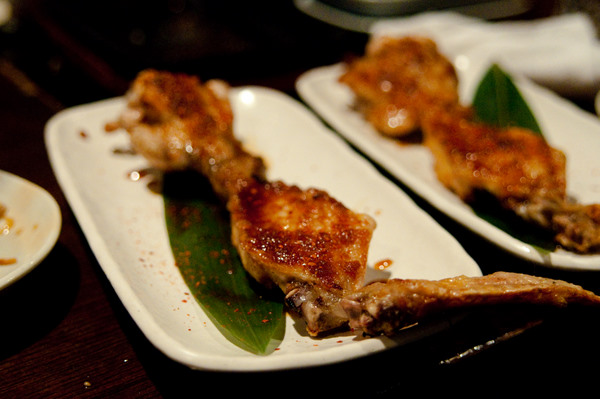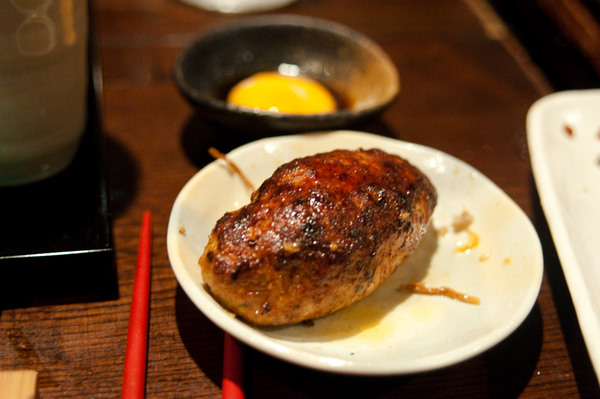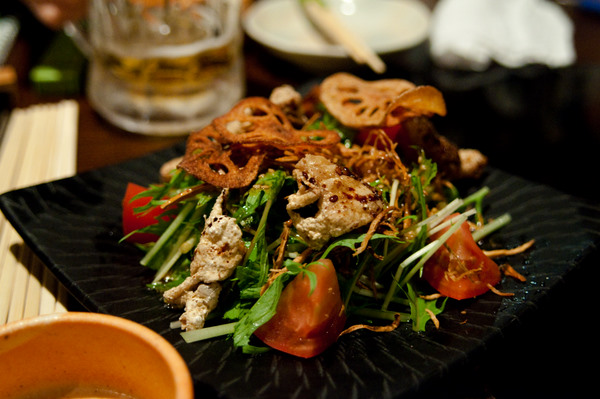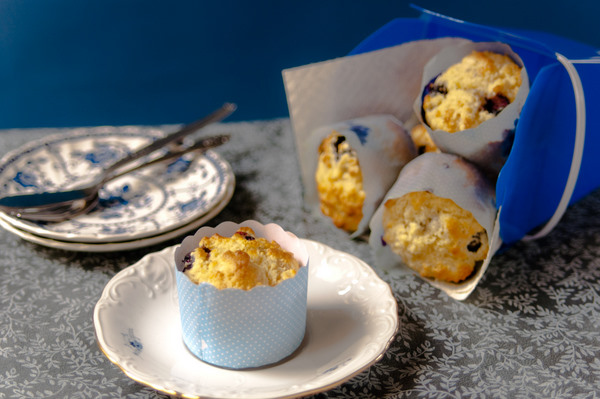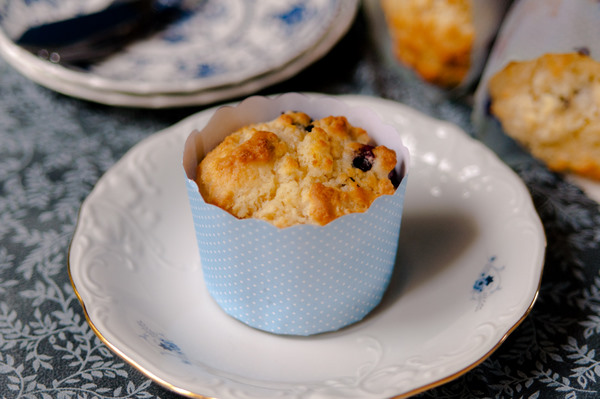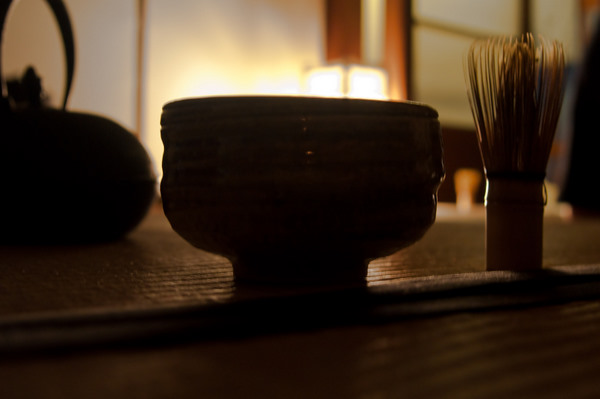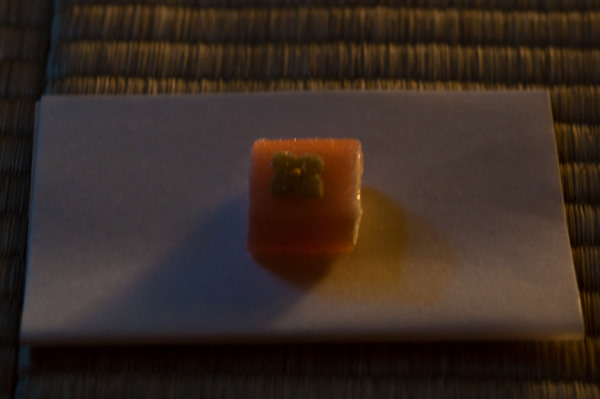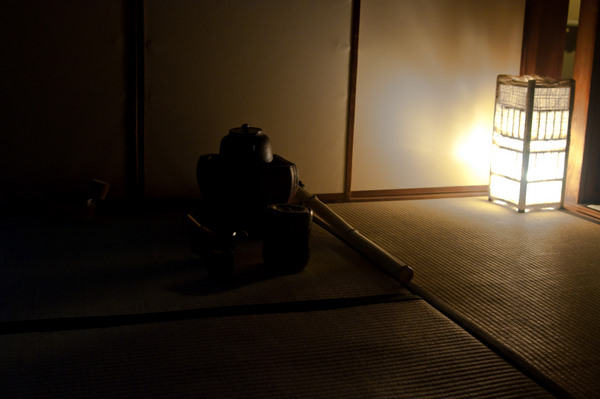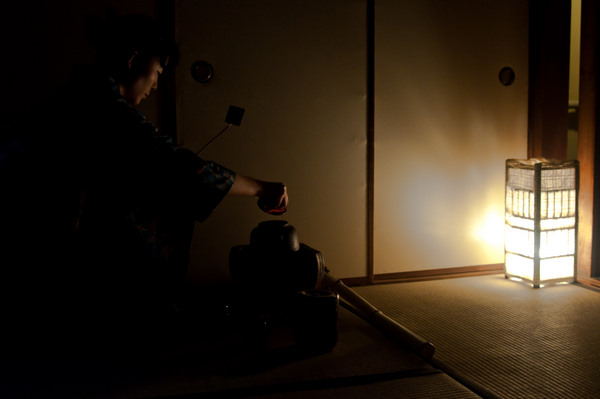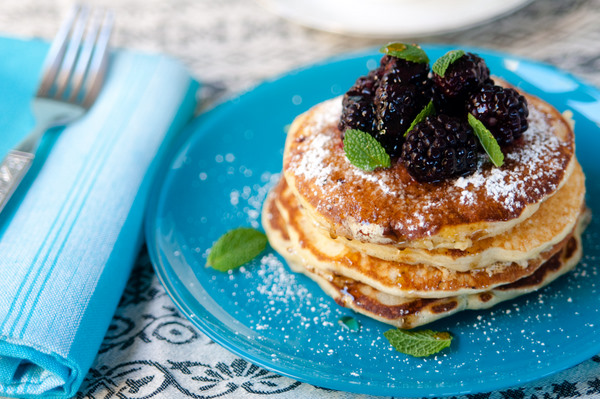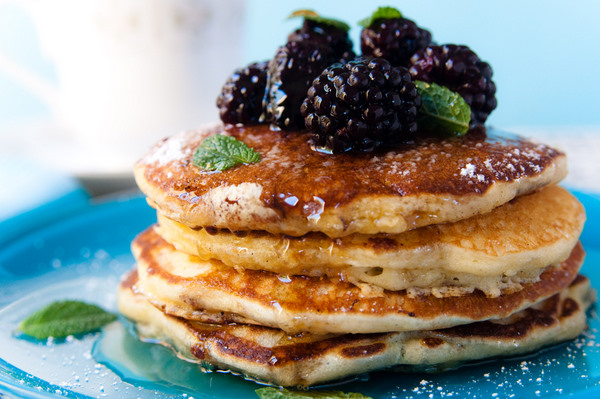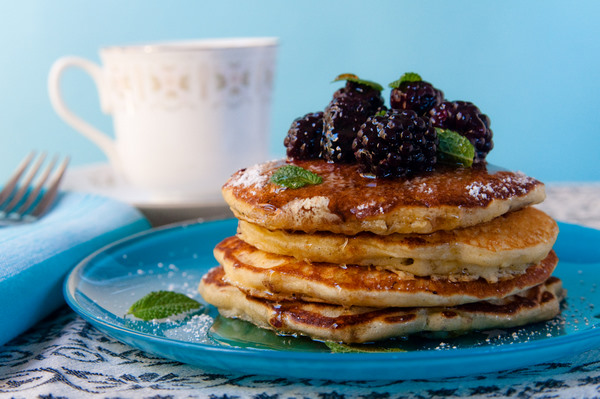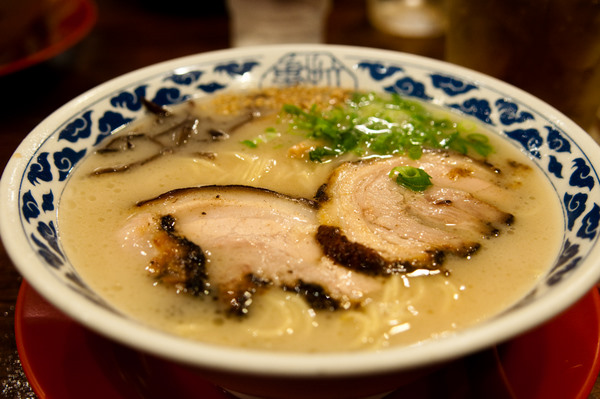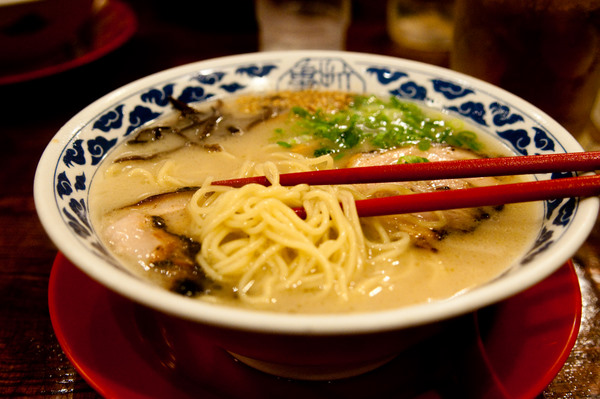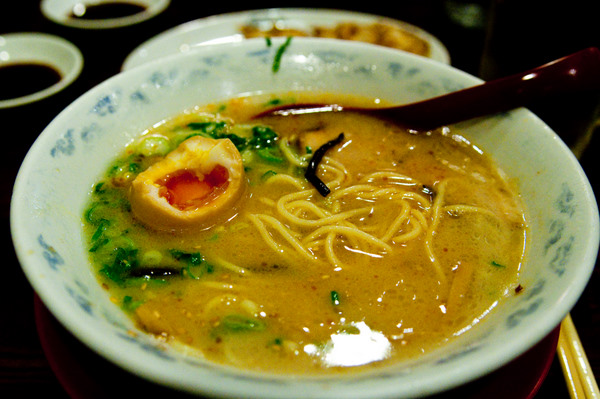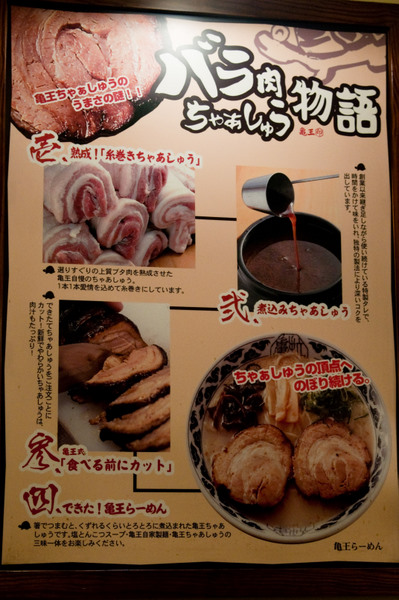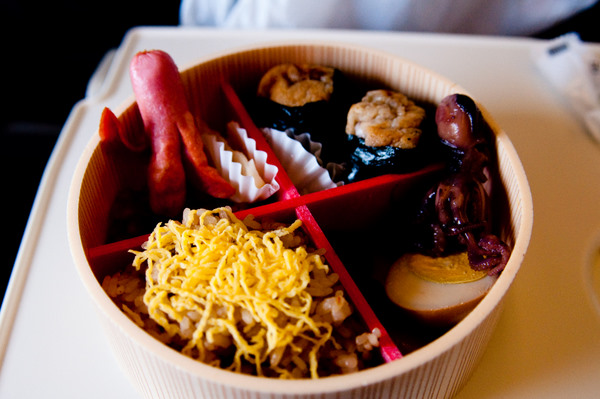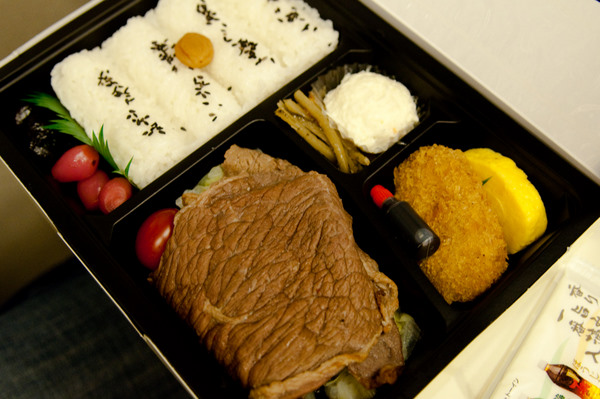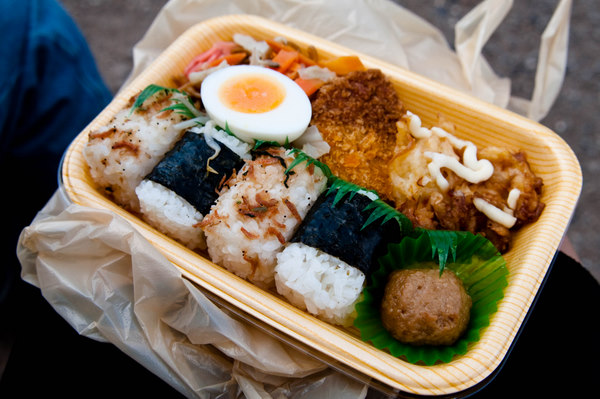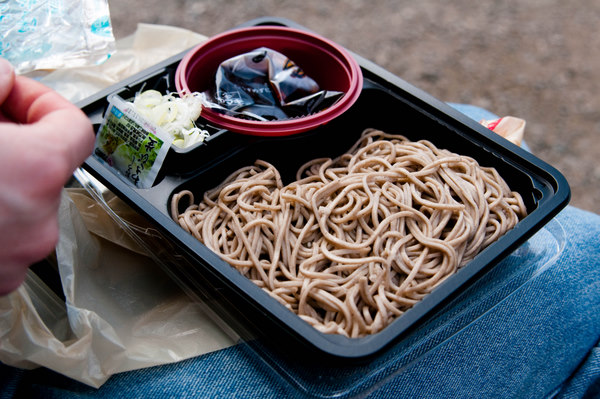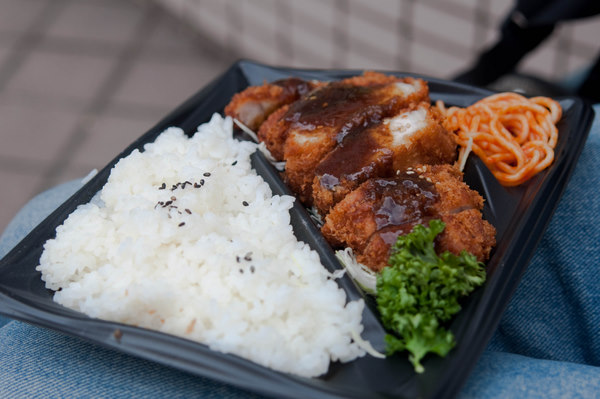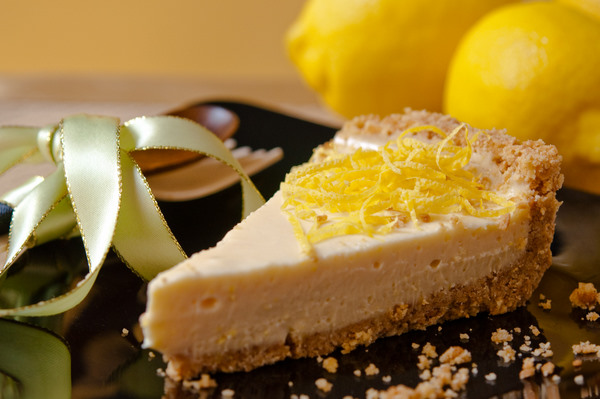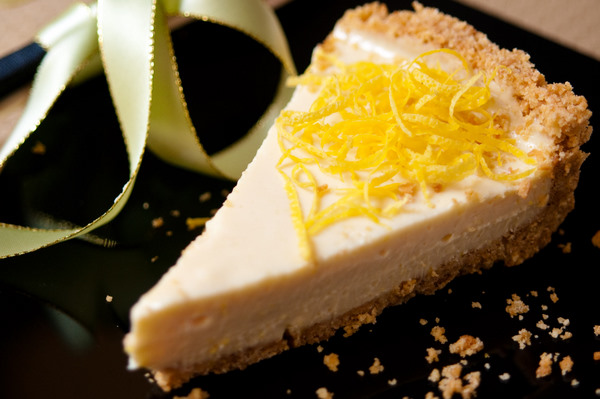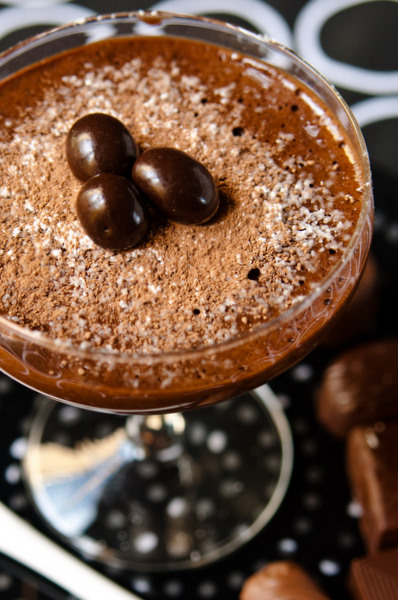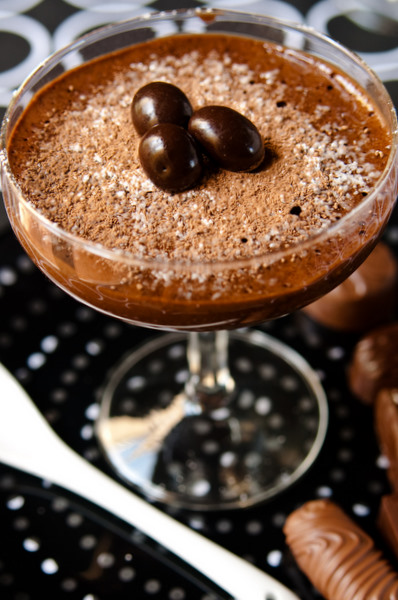Recipe: Persian jewelled rice with chicken
From: The Jewish Kitchen by Clarissa Hyman
The theme for this week's Cookbook Challenge is "mixed", which is a fairly open theme. I had a few ideas for things I could do for this week. I thought that I could make something that had different textures, or a dish that had a mixture of sweet and savoury. I also thought about making something that needed a mixer as part of the preparation, or cooking something that involved mixed berries.
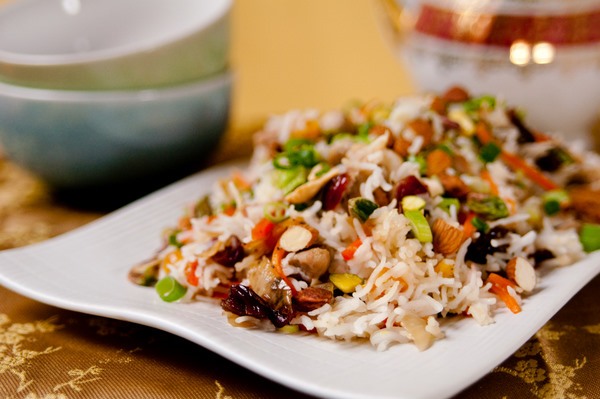
In the end, I decided to do this Persian jewelled rice with chicken. It fits into the "mixed" theme, because the dish has a mixture of dried fruit, as well as being a mixture of sweet and savoury.
I had great intentions of cooking this dish in the late afternoon, so that by the time it was cooked, it would still be bright enough to take photos, and then I could exercise before dinner (it's habit, I must exercise at the same time on my exercise days otherwise it doesn't happen!). My good intentions were almost dashed by the fact that I ended up having a nana nap on the couch for a couple of hours..... and by the time I got off the couch, the cool change had kicked in and storm clouds had gathered over the house, cutting out a lot of light.
Fortunately, I didn't need as much time as I had thought to cook the dish, and there was still enough light to take photos, despite the rain. Phew. Glad I didn't end up regretting that nana nap, because really, is there anything better than a nap in the arvo??

The recipe itself was a bit of a kerfuffle. It seemed overly complicated for what is essentially cooked rice mixed with chopped up chicken and pieces of dried fruit. I did follow the recipe when making it, but it would be different if I were to do it my way. My way would involve cooking the rice by absorption method, and once cooked, mixing in the cooked chicken and dried fruit. It would be less complicated and take much less time!
I was a bit worried that the rice would end up far too sweet (check out the part where carrots are simmered in water and 200g of sugar!) but it was fine. With all the dried fruit, there were definite sweet parts to it, but not overly so. The nuts and the chicken helped balance it out.
I'm not sure that I would bother following the recipe again, although I did like the idea of the rice studded with bits of coloured fruit. Like I said, it seemed overly complicated and while it was tasty, it wasn't tasty enough to be worth all that effort!
See previous Cookbook Challenge posts here
Update: See the round up for this week at My Food Trail.
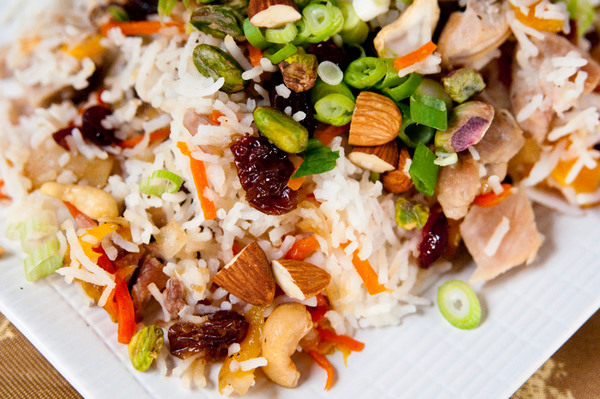
Persian jewelled rice with chicken
From The Jewish Kitchen by Clarissa Hyman
Serves 6
500g basmati rice
1.5kg roasting chicken, jointed
salt
2 large onions, chopped
finely shredded rind of 1 large orange (I used lemon)
2 large carrots, cut into fine slivers
200g sugar
4 tablespoons sunflower oil
150g raisins
150g dried barberries or cherries (I used cranberries)
150g dried apricots, chopped into small pieces
a few strands of saffron, dissolved in 2 tablespoons hot water (optional)
shredded almonds and chopped pistachios to garnish
Rinse the rice well, and leave it to soak in cold, salted water for a few hours.
In a non-stick pan, place the chicken and one of the chopped onions. Sprinkle in a little salt and then cover and cook over a very low heat (don't add any water). Let it cook for about 45 minutes. The chicken will simmer in its own fat and juices. Cool, then bone and skin the chicken and cut into small pieces. Set aside, and reserve any juices from the chicken.
Next, place the orange rind, carrots and sugar in a pot, and cover with 300ml water. Boil for 10 minutes and then drain.
In a frying pan, cook the other onion in half the oil until translucent, then add the raisins, barberries and apricots. Cook for a few minutes, then add the orange and carrot mixture. Drain, and set aside.
In a large non-stick or heavy based saucepan, bring 1.5 litres of water to the boil. Add 1 tablespoon salt, and then add the drained rice. Bring it back to the boil and then lower the heat to a gentle simmer. Let the rice simmer for 3 minutes and then drain. Rinse with tepid water and shake gently into the sieve to keep the grains separate. Set aside.
Wash out the pan, and add the rest of the oil. Swirl the oil around so it covers some of the sides as well as the bottom.
With your hands, sprinkle in a layer of rice (this helps to aerate it). Top the rice with some chicken, then fruit. Continue with the layers, trying to build up into a conical shape, and finish with a layer of rice. Poke a few holes through the rice with the end of a wooden spoon.
Drizzle over the reserved chicken juices, the remaining oil and the saffron. Cover the pot with a clean tea towel, then a tight lid, and cook for 1-2 minutes on a high heat. Then reduce the heat to very low and let it "steam" for a further 40 minutes.
Remove the pot from the heat and leave to stand for five minutes before lifting off the lid. Serve in a mound on a large platter, garnished with almonds and pistachios (I just mixed mine all through the rice).


